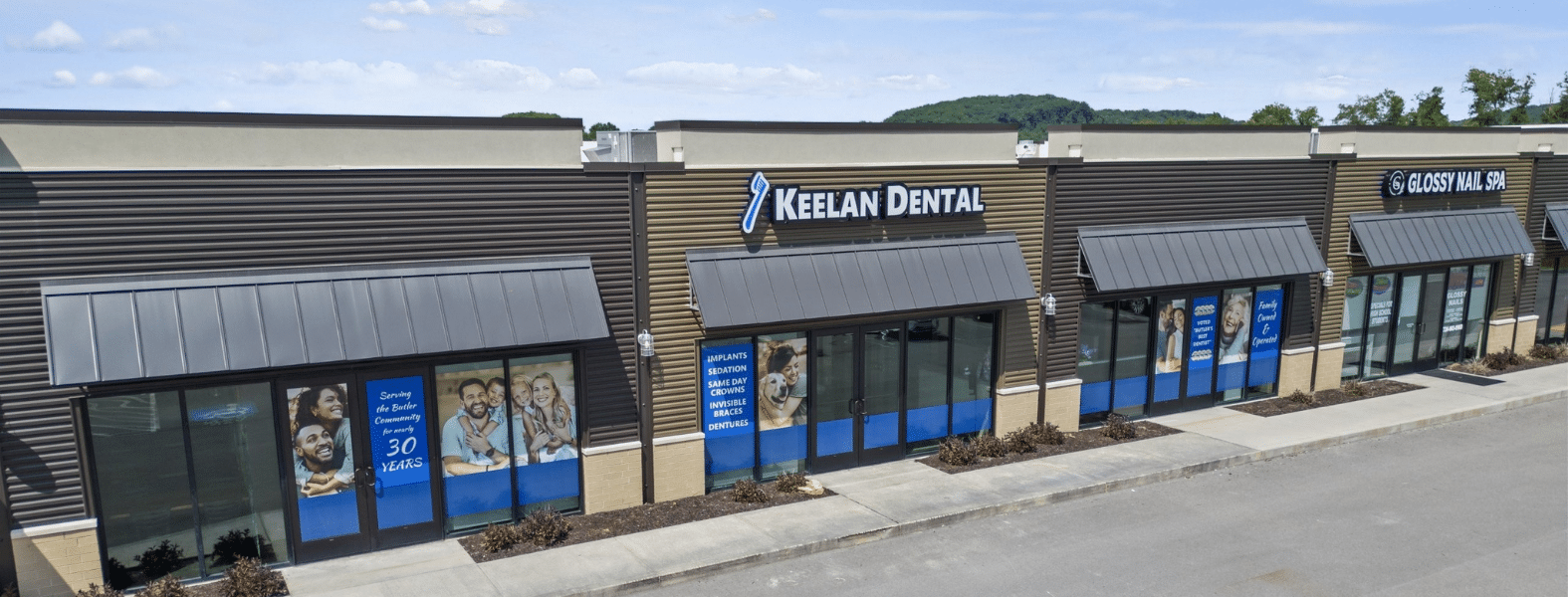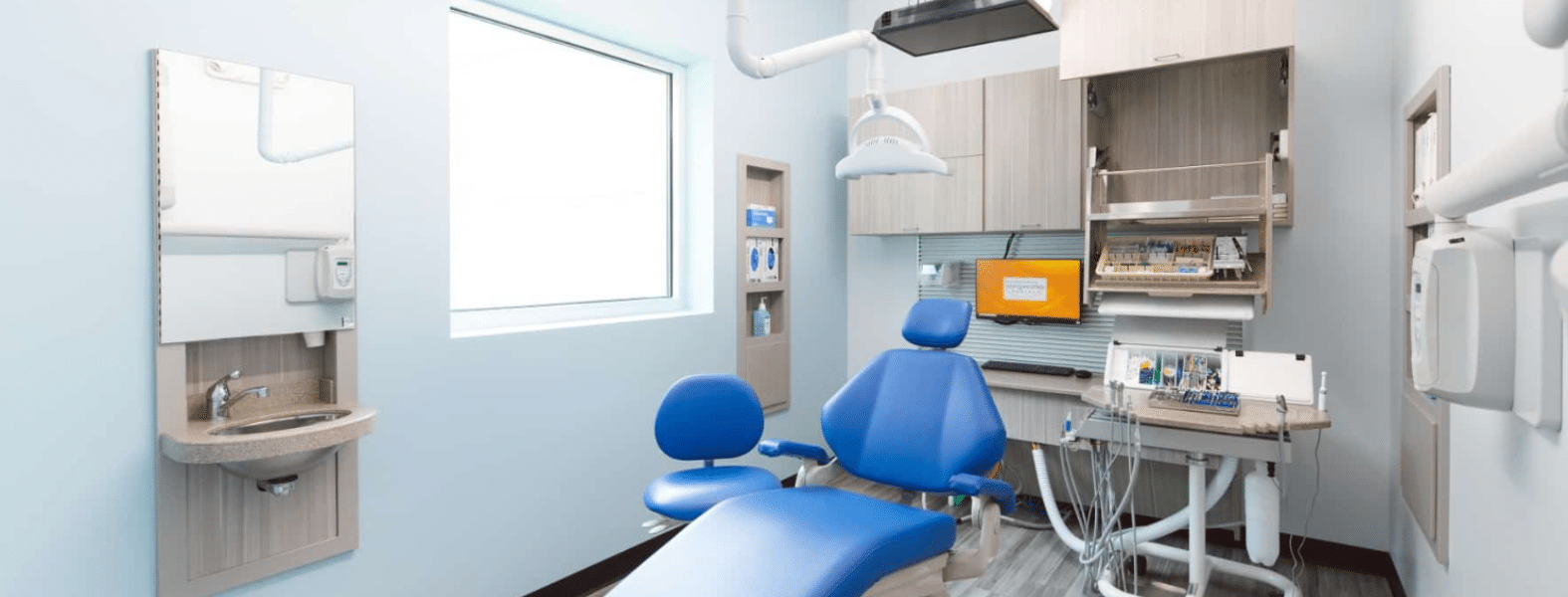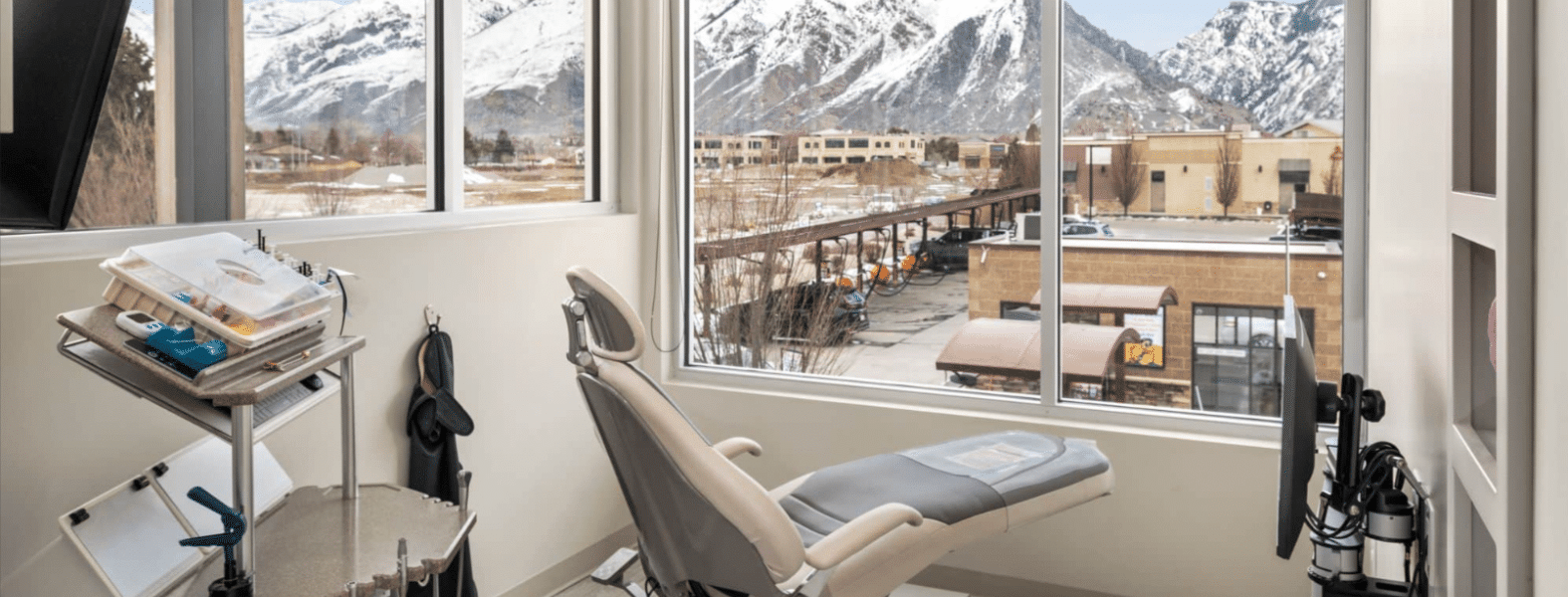Three Essentials For Dental Practice Startup Success
June 6th, 2023
3 min. read

By Dr. David Ahearn, DDS, Founder and President of Design Ergonomics
and Timothy Gagnon, Practice Liaison, Design Ergonomics
Over the past 25 years, we've helped thousands of dentists to create their ideal dental practices. Whether it involves starting from scratch, renovating or expanding existing premises, or opening multiple practices, we've seen it all.
Along the way, we've observed that some dentists manage to execute their vision and complete their project more effortlessly than others. What makes the difference? The factors contributing to a successful venture vary widely, including a competent team, realistic timelines, resilience, flexibility, and effective systems and checklists. With that said, we've identified three cornerstone elements that often rise above the rest. Master these three crucial areas and you're on the fast track to dental practice startup success.
1) Solid Financial Health – The undeniable fact is, without solid finances, securing a loan for your practice could be a struggle. Here are a few steps most financial experts recommend as prerequisites:
- Build an emergency fund equivalent to six months of expenses
- Minimize or wipe out personal debt such as credit cards, car loans, etc. However, student loans and similar professional debt shouldn't be a cause for concern.
- Enhance cash flow through increased income, reduced expenses, or both
Ensure that you maintain an updated, accurate personal budget and create an emergency fund equal to six months' worth of your regular expenses, kept readily accessible. In addition to this emergency fund, having additional savings of at least $40k will make you a great candidate for lending success.
By comparing your monthly expenses with your gross income (after taxes and insurance), you can calculate your net cash flow. So, what does healthy cash flow look like? While it varies by location, aim to have a surplus of about $2k per month over your expenses, $4k per month being the ideal target. Why aim for $2k monthly? This amount approximates half the total loan repayment for your startup project in a lease space. You, as a practicing dentist, should be able to cover at least half of this cost at your current productivity level.
As the business becomes more established, new patients turn into referring patients. The clinical team finds their rhythm and the schedule starts to fill weeks into the future. You will then want to shift the remaining mortgage entirely to the business.
Just make sure that you maintain a focus on future growth, even if you are starting your new dental practice on a budget. Creating a short-term focus for your practice will become much more expensive to remediate later. An incorrectly placed wall in your new practice can affect the flow of the space for its entire lifetime. Likewise, growth can be slowed through inadequate planning for the deployment of technologies that you will be able to afford later.
And don't worry too much. If you've done your financial analysis and found that you're not yet ready to start your own practice, the best move for you right now might be to find a better associateship! There are tens of thousands of growing dental practices out there seeking motivated and trustworthy associates (we know because they’re largely our clients also). These offices will often be thriving, well-organized, and offer competitive pay. There’s nothing wrong with planning for another year or two, getting into a stronger financial position and sharpening your clinical skills.
2) Clinical and Managerial Competency – The level of expertise an associateship affords you in terms of diagnosing, treatment planning, and case presentation effectiveness varies. However, it's clear that many associates with 1-2 years' experience often lack proficiency in one or more of these areas. Learn to treatment plan well. Get mentorship in this area.
Just as vital is the managerial aspect. Many new start-ups falter when it comes to hiring, training, and growing their staff. New owners often hinder their initial growth by not hiring hygienists or not taking the time to train their assistants. “I’ll just do the cleanings myself for the first few months” can be a viable short-term strategy. However, as soon as demand rises such that your schedule is more than ¾ full, it is time to bring on hygiene! Why would you earn $130/hr when you could produce $1,000/hr+? A cleaning and a crown take roughly the same amount of time, so go find the crown in the hygiene schedule and pay for their entire day in 1 appointment. Then figure out what it will take to be able to have enough demand to run 2 columns of hygiene with 7 patients in each column. You just tripled the number of exams and treatment plans presented and likely filled your schedule for the next several days. One good day of diagnosis and planning creates roughly 2-3 days of restorative dentistry.
The other area we suggest investing in training for is the front desk and admin. Billing, coding, and insurances are a critical component of a smooth operation. However, this is not what you went to dental school for, nor is it something you should spend time studying or developing expertise in. There are thousands of good administrators that would love to work for a young, motivated, growing practice where their experience and expertise will be recognized and rewarded.
3) Trusted Advisors – A common pitfall for dentists embarking on their own practice is misplaced trust. With a deluge of dealer reps, financial advisors, real estate salespeople, and business consultants vying for your attention, it can be a challenge to make the right choices.
You absolutely need a business plan, financial statements, architectural plans, equipment packages, construction bids, a start-up team, supplies, technology, etc., to start your new office. If you're working with a consultant or advisor, they should provide tangible value in one or more of these key areas as part of their fee.
For a complete reference to every step of starting a new practice, check out the Dental Start-Up Guide. In this book, my team and I share how you can transition from being an employee to leading your own successful practice.
You may also be interested in:
Topics:









.jpg?width=1280&height=720&name=maxresdefault%20(6).jpg)
.jpg?width=1280&height=720&name=maxresdefault%20(5).jpg)
.webp?width=1280&height=720&name=maxresdefault%20(2).webp)


%20(648%20x%20324%20px)-1.png?width=648&height=324&name=cost%20pyramid%20featured%20image%20(3.125%20x%201.823%20in)%20(648%20x%20324%20px)-1.png)









